One of the most common questions that arise when discussing fingerstyle is if you should use nails or flesh when playing.
Nails require you to either grow out your fingernail or apply acrylics whereas flesh doesn’t require any additional maintenance except for cutting the nails.
You may be asking, what are the main differences and advantages/disadvantages between the two?
Nails
Right off the bat, nails are going to provide a brighter tone due to the material that is striking through the string. With proper shaping and filing technique the nails could provide a warmer tone. This requires several adjustments with the filing of the nail in order for the nail to come out just right for your specific right hand technique. There are many different angles & approaches but all have the same principle.
This picture demonstrates a good nail length and shaping to start with:
Flesh
This route is the most common to start with, as it doesn’t require any additional work in order to play fingerpicking guitar. If we forget the nails and disregard any artificial product we use our flesh to fingerpick. The flesh provides a much warmer tone and less volume as well as dynamic range since it’s not likely to project as well as nails.
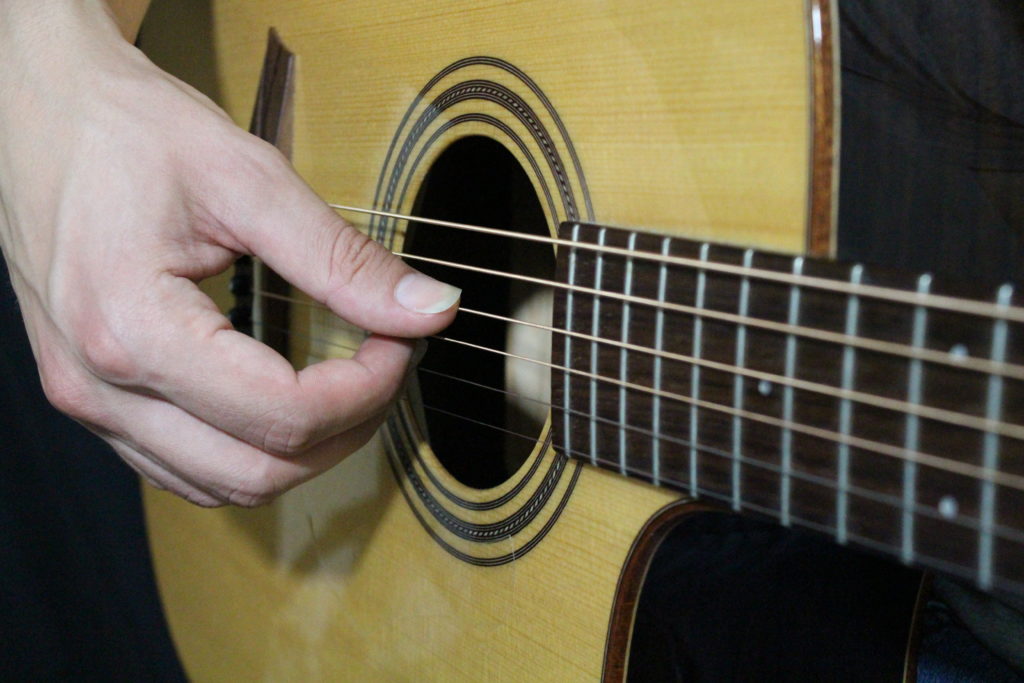
Here is a video on nail shaping I recommend:
Deciding on your nails or flesh is based on your personal taste and the sound that you’re trying to achieve. If you were a fingerstyle player or classical guitar player it is recommended that you at least try the nails and see if they’re a good fit for you. If you have brittle nails, there are hardening products and vitamins that can help to be able to strengthen them.
Learn more about technique through our FREE Fingerstyle Workbook!
FOLLOW US ON
Get our FREE Fingerstyle Workbook!
RELATED BLOG POSTS
Guitar Tone Tweaking
Guitar Tone Tweaking:
Your guitar tone is a vital aspect of your sound as a guitarist. By tweaking your gear and settings, you can create a unique tone that sets you apart from others. Here are some tips for tweaking your guitar tone:
Experiment with amp settings: Your amplifier plays a significant role in shaping your tone. Adjust the bass, mid, treble, and gain controls to find a sound that suits your style of playing.
Try different pickups: Your guitar’s pickups have a significant impact on your tone. Experiment with different pickups to find the right balance of warmth and brightness.
Use effects pedals: Effects pedals can add depth and dimension to your tone. Experiment with different pedals, such as overdrive, delay, and reverb, to create a unique sound.
Adjust your playing technique: Sometimes, the way you play can affect your tone. Experiment with picking dynamics, fingerstyle techniques, and different playing positions to find a tone that resonates with you.
Listen and adjust: Ultimately, the best way to tweak your guitar tone is to listen carefully and make adjustments as needed. Trust your ears and fine-tune your settings until you achieve the desired sound.
By following these tips, you can refine your guitar tone and create a sound that is uniquely yours.
Guitar Effects Chain Tips
Guitar Effects Chain Tips:
Creating a killer guitar tone involves more than just your guitar and amp. Utilizing a variety of effects pedals can take your sound to the next level. Here are some tips for getting the most out of your guitar effects chain:
Start with the basics: Before adding effects, make sure your guitar tone is clean and clear. Adjust your amp settings, pickup selection, and guitar tone controls to achieve the desired sound.
Experiment with the order: The order in which you connect your effects pedals can drastically change the sound. Try different combinations to see what works best for your style of playing.
Use a power supply: To avoid noise and signal loss, invest in a quality power supply for your effects pedals. This will help maintain consistent power and improve overall performance.
Don’t rely on presets: While presets can be a great starting point, don’t be afraid to tweak the settings on your effects pedals to create a unique sound that suits your playing style.
Keep it simple: It can be tempting to load up on effects pedals, but sometimes less is more. Experiment with different combinations of pedals and settings to find what works best for you.
By following these tips, you can build a guitar effects chain that enhances your tone and adds depth to your playing.
Guitar Pedalboard Setup
Guitar Pedalboard Setup
Setting up a guitar pedalboard can be a daunting task, especially for beginners. With so many different pedals and effects available, it can be overwhelming to figure out where to start. However, with a little planning and organization, you can create a versatile and effective pedalboard setup that suits your playing style and musical preferences.
The first step in setting up a pedalboard is to determine what effects you want to use. This might include distortion, delay, reverb, chorus, or any number of other effects. Once you’ve decided on the effects you want to use, you can start arranging them on your pedalboard in a way that makes sense for your playing style.
One common approach to pedalboard setup is to organize your pedals in a signal chain. This means placing your pedals in a specific order that allows them to work together seamlessly. For example, you might place your distortion pedal before your delay pedal, so that the distorted signal is delayed rather than the other way around.
In addition to organizing your pedals in a signal chain, it’s also important to consider power and cable management. Make sure to use a quality power supply to provide clean and consistent power to your pedals, and use high-quality patch cables to connect your pedals together without introducing unwanted noise or interference.
Overall, setting up a guitar pedalboard requires a combination of planning, organization, and experimentation. Don’t be afraid to try different pedal combinations and arrangements to find the setup that works best for you. With a little patience and creativity, you can create a pedalboard setup that enhances your playing and inspires your creativity.
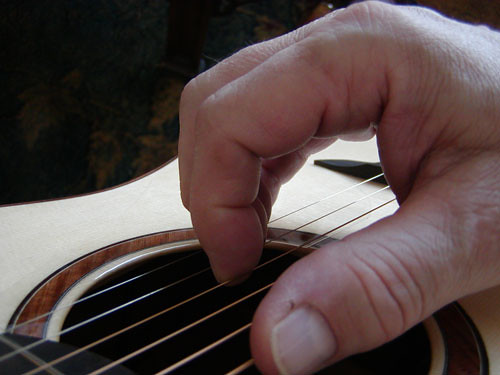
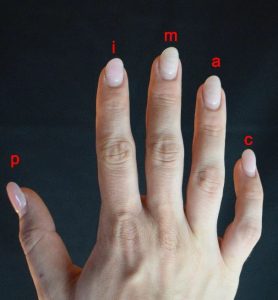
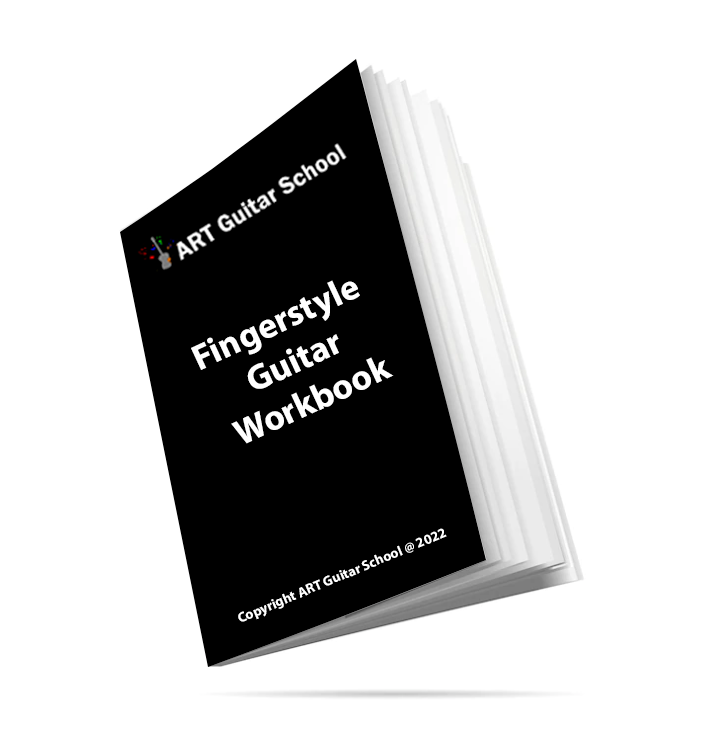
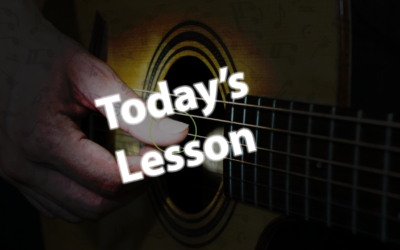
0 Comments